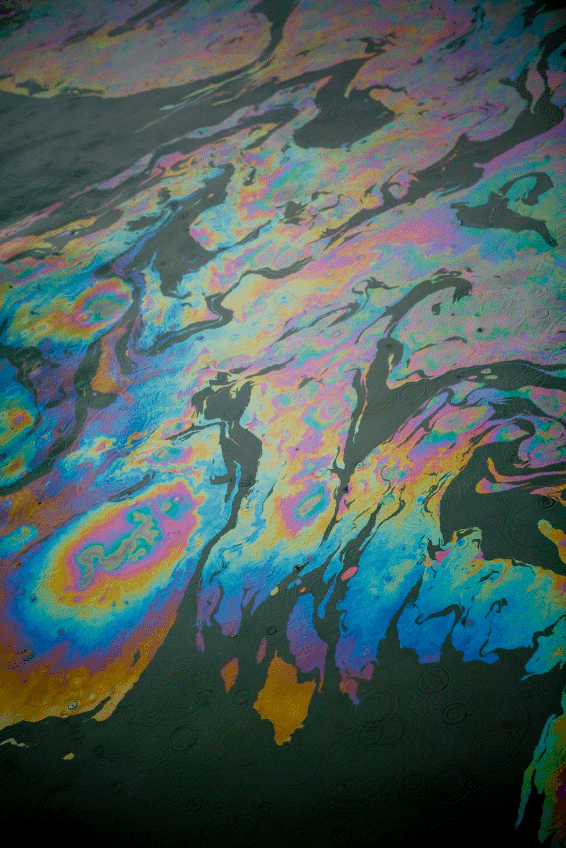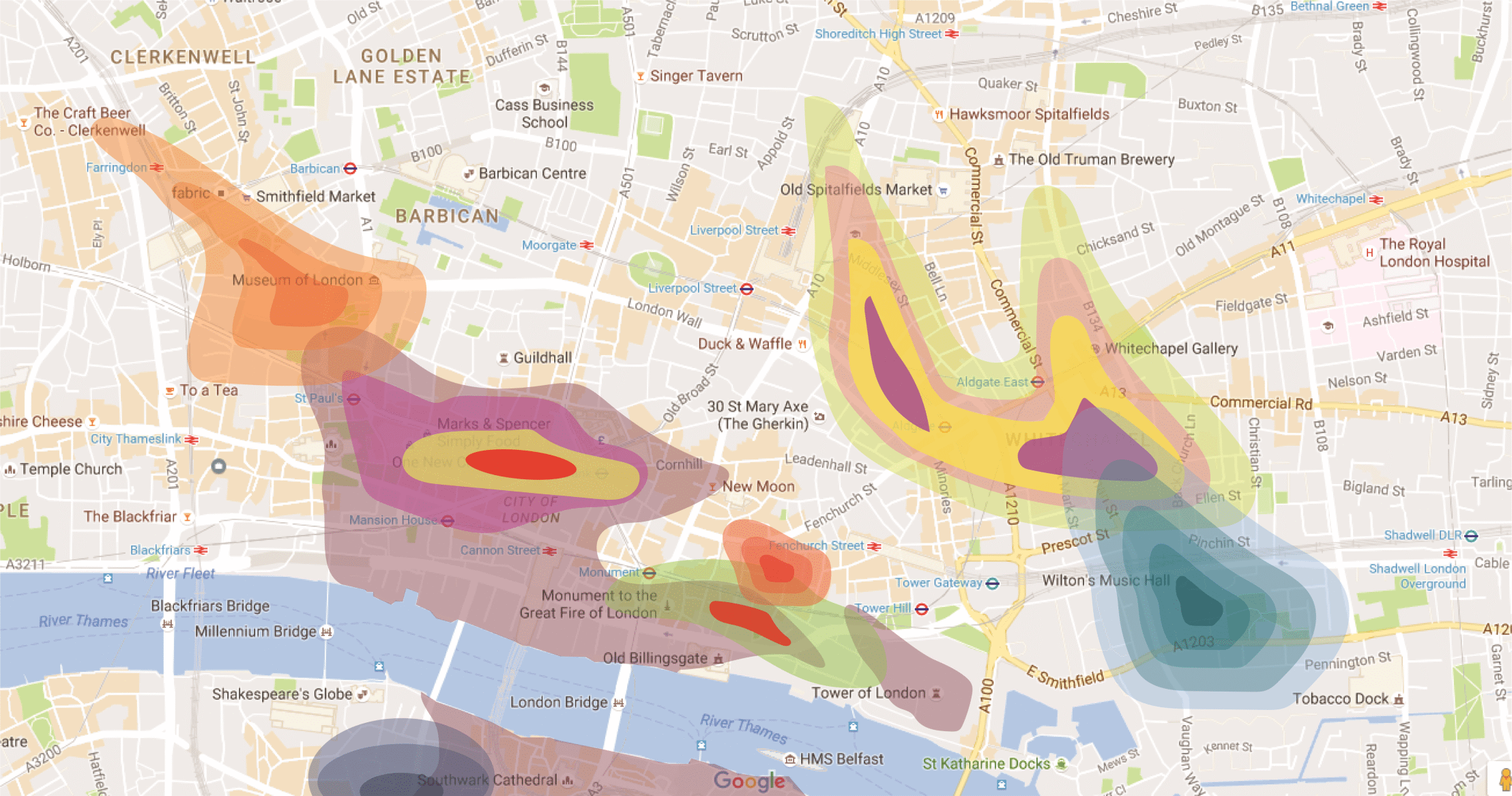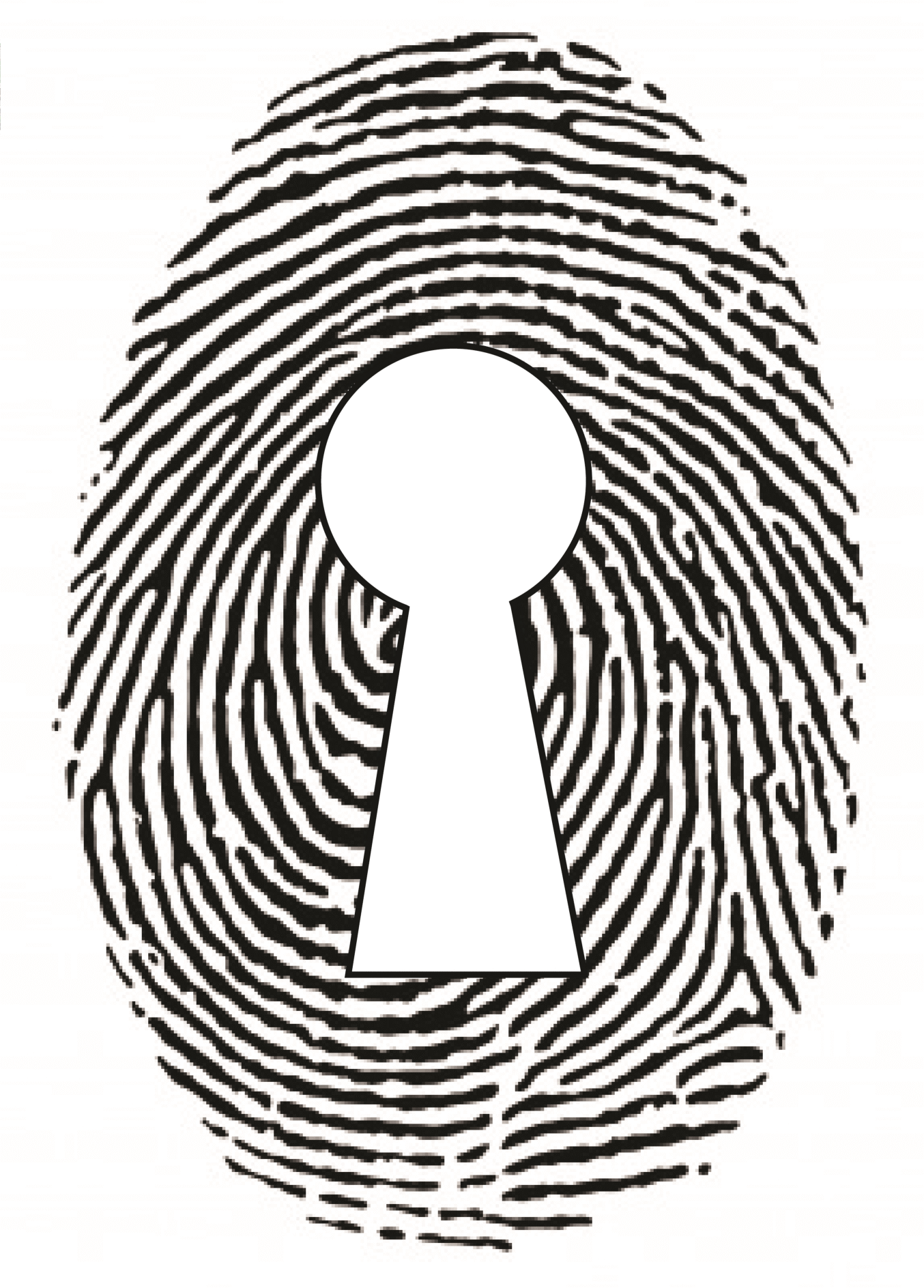
<
Learn up-to-date fingerprinting methods for litigation support, as well as improving remediation accuracy
Get Answer to Chemical Fingerprinting:
Environmental forensics and chemical finger printing identifies the type and source of contamination. It is critical for both remediation and litigation. It involves all aspects of site characterization and it requires an accurate conceptual site model.
In most cases involving petroleum or petrochemicals we usually start with a basic GC/FID chromatogram as a screening tool for characterization. From there, an investigation may involve chemical ratios, GC/MS precision identification and quantification, or stable isotope analysis.
Gain an understanding about identifying contamination sources for both remediation and litigation purposes.
Discover additional procedures for analyzing and identifying a given suite of chemicals. Learn to confidently select and defend a forensic technique or petrochemical fingerprint that give clues regarding the origin of petroleum contamination in the subsurface.
Part One will cover:
Comprehensive Chemical Fingerprinting
- Method principle and steps
- Taking advantage of available historical analytical data
- Things to consider when planning a forensic investigation (e.g., methods, sampling plan, sample
preservation and holding; type of released environment, changing conditions)
- Weathering as the main interfering factor
- Typical uses of chemical fingerprinting in litigation support for source identification and age-dating
- Specific methods for crude oil & distillates, chlorinated solvents, metals, PCBs and dioxins/furans
- Chemical fingerprinting in support of "routine" site investigations:
- Building remedial strategies based on mapping release migration pathways
- Expedite remediation by differentiate release timing
- Evaluating natural source zone depletion at LNAPL sites
- Chemical fingerprinting use to identify defective products (e.g., inappropriate motor oils)
- Representative case studies
- Quizzes and Open Forum
 Part Two will cover:
Part Two will cover:
Signature Chemicals:
- Understanding signature chemicals
- Method principle and steps
- How to identify and use signature chemicals
- Applications in source identification, age-dating and estimating contributions to commingled plumes
- Signature chemicals specific use for investigations of chlorinated solvents and 1,4-dioxane
- Examples from real case studies
- Quizzes and Open Forum
Chiral Fingerprinting:
- Understanding chiral isomers
- Method principle and steps
- Applications in source investigations and allocation
- Specific examples for PCBs investigations and forensic toxicology studies
- Quizzes and Open Forum

Online Course Background:
 "Fingerprinting" unlocks the mystery of contaminant source identification, age-dating and allocation.
"Fingerprinting" unlocks the mystery of contaminant source identification, age-dating and allocation.
Laboratory and field advances are redefining environmental forensics for a spectrum of contaminants (e.g., crude oil & distillates, chlorinated solvents, metals, PCBs, PAHs, perchlorate, nutrients).
These advances are capable of revealing multiple releases in common chemistry conditions. Emerging technologies are being used today for more applications, with more certainty and more financial assurances. Technology has progresses since the times we could simply differentiate old contamination from newer releases.
Legal arguments are part of environmental forensics as much as technology. Defending or arguing against a fingerprinting process contains hidden challenges that are known to attorneys and expert witnesses. Don't be ill-prepared for a fingerprinting project that will be scrutinized by others.
| Fee: |
$99.00 USD Per Computer Site
when Members register for the Entire Series

$299.00 USD Per Computer Site
$249.00 USD Per Computer Site for our Members
Pay one site registration fee and an unlimited number of participants from your organization can attend at that site.
|
| Instructor: |
Ioana G. Petrisor, PhD |
|
| Handouts: |
Copy of Webinar Slides (pdf)
Record of Attendance Form (pdf)
|
Duration:
(each part) |
1.5 hour plus Q&A
(no restrictions on time limit for extra Q&A!)
|
Professional
Development:
(each part) |
Earn 1.5 Professional Development Hours (1.5 PDH)
 |
A Record of Attendance Form is included free with each webinar for your record keeping and individual PDH verification. We ask your on-site coordinator to return the completed and signed copy of the Form to us following the webinar for (1) maintaining a separate copy as a service to attendees and (2) forwarding to NIU confirming attendance for those who order certificates.
Attendees may also order an official a Course Completion Certificate from Northern Illinois University for a small administrative fee. The Certificate is optional and may be ordered separately following the webinar to confirm your attendance and showcase the certificate on your office wall. Instructions for ordering certificates are given during the webinar.

* This webinar is eligible for the 'BUY THREE, GET THREE' discount; however ANY webinar series discount shown above cannot be combined with it.
Attendees will be invited to actively participate during this live and interactive on-line web seminar. Discussion is planned following the webinar for those who want to continue the session. Bring your questions to the webinar and present them to the instructor and other participants for exploring the best solution.
Instructors Bio
Dr. Ioana G. Petrisor
Biochemist
Editor-in-Chief of Environmental Forensics Journal
Author of "Environmental Forensics Fundamentals - A Practical Guide"
 Dr. Ioana G. Petrisor, Biochemist, Editor-in-Chief of Environmental Forensics Journal and author of the book "Environmental Forensics Fundamentals - A Practical Guide, has 25 years of experience in the environmental field as a consultant, scientific researcher and instructor.
Dr. Ioana G. Petrisor, Biochemist, Editor-in-Chief of Environmental Forensics Journal and author of the book "Environmental Forensics Fundamentals - A Practical Guide, has 25 years of experience in the environmental field as a consultant, scientific researcher and instructor.
She uses state-of-art fingerprinting methods to track the source and age of released contaminants, helping national and international clients recover costs in complex cases involving multiple contaminants and releases in time and space. Dr. Petrisor is a regularly invited keynote speaker at national and international meetings, has taught both on-line and in-class workshops and courses, and has conducted innovative research for U.S. DOE, U.S. DOD, and the European Community on environmental characterization, risk assessment, and development of innovative remedial technologies for soil, sediments, and water.
Her extensive publication experience includes an invention patent, a text book, 6 book chapters, 12 editorials, and over 70 articles. She is teaching both on-line and in-class courses. Dr. Petrisor has a PhD in Biology (Environmental Biotechnology) from Romanian Academy of Sciences and a Bachelor in Chemistry (major Biochemistry) from Bucharest University in Romania. She has completed an UNESCO training program in Plant Molecular Genetics at the University of Queensland, Brisbane, Australia and is the recipient of "The Greatest Award of Successful Careers for Outstanding Scientific Results and Professional Activity" issued by Cosmopolitan Magazine, Romania in 2000.